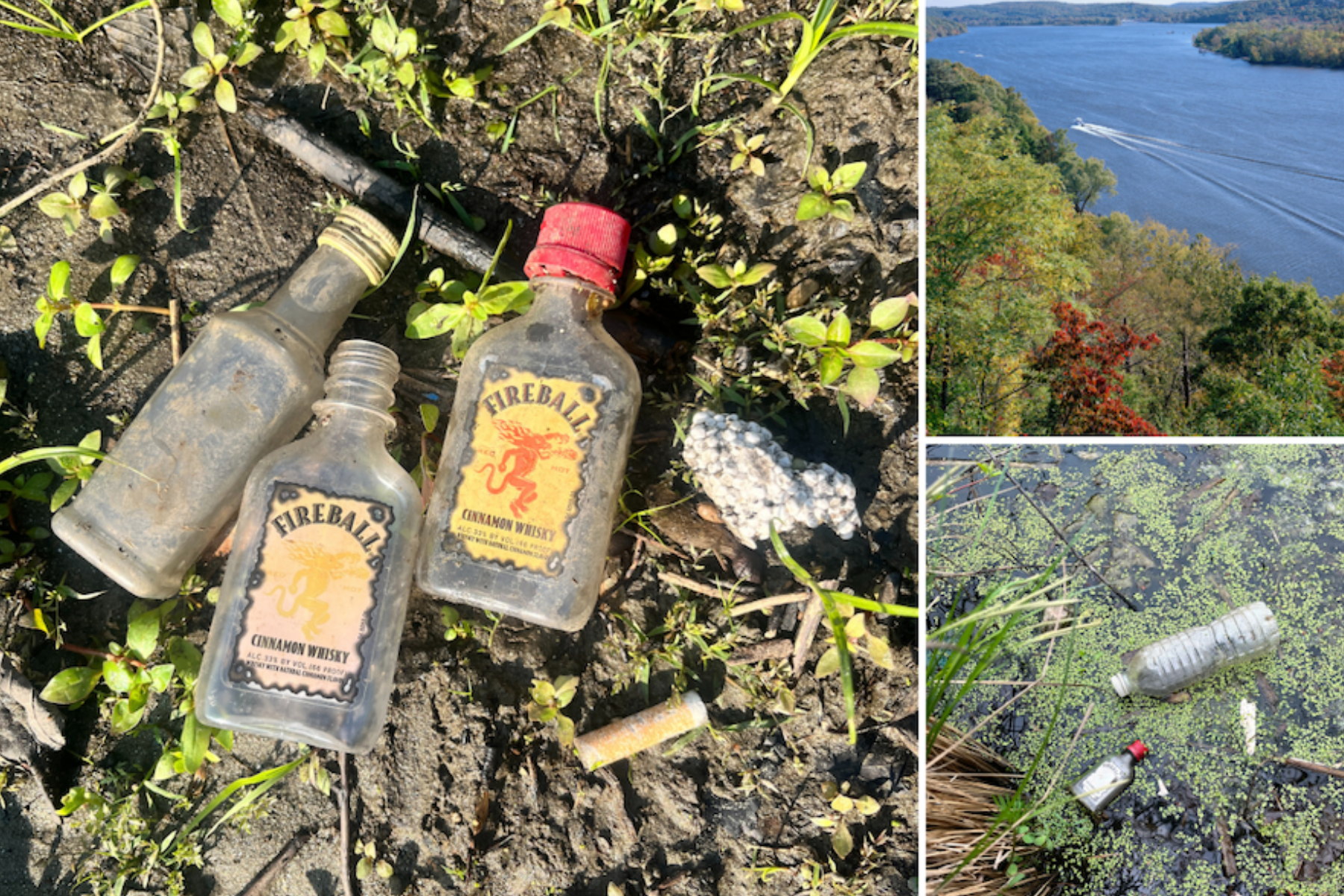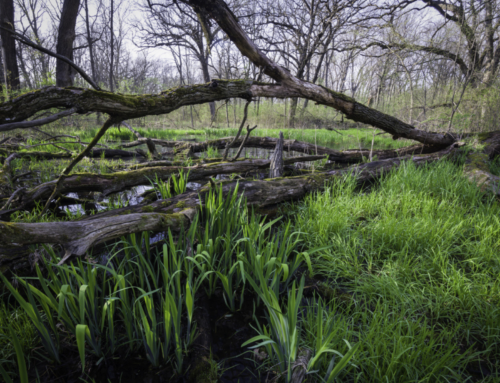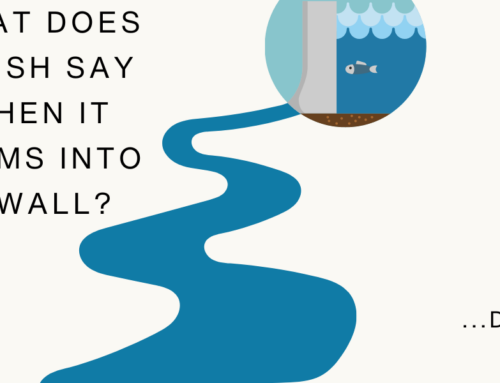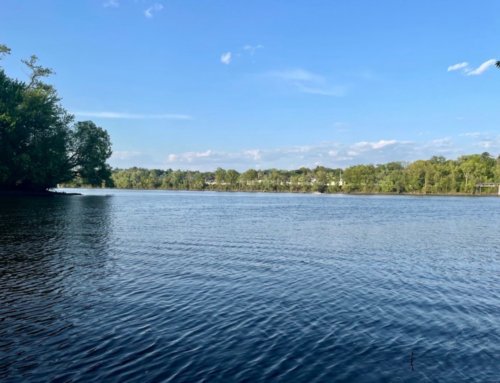Connecticut River Conservancy Testimony in SUPPORT OF HB 5218 An Act Concerning the Establishment of Riparian Buffers and Revision of Certain Inland Wetlands Provisions
February 26, 2024
To: Honored Co-Chairs, Sen. Lopes and Rep. Gresko, and distinguished Members of the Environment Committee
I am writing on behalf of the Connecticut River Conservancy (CRC); we are an environmental nonprofit dedicated to protecting the entire Connecticut River valley through initiatives that support clean waters, healthy habitats and thriving communities. I am writing in support of HB 5218 which will provide incentives to protect and conserve riparian buffers that are critical to the health of the Connecticut River.
Stormwater runoff transports pollutants from roads, farmland, sidewalks and yards into our river systems – but riparian buffers act as a filter.
Stormwater runoff pollutes our rivers and streams with bacteria, nutrients, oil, microplastics and more. The runoff picks up herbicides, lawn fertilizer, farm waste, road salt and without buffer filtration – it ends up directly in the water. This pollution harms ecological habitats and creates unsafe conditions for recreational opportunities like swimming and boating. Nutrient loads lead to harmful algal blooms, toxic road runoff can kill fish, and agricultural waste can end up in people’s favorite swimming holes. Riverbanks with native trees and shrubs filter polluted runoff and provide a crucial buffer zone between our streams and land use.
Protecting existing streamside buffers is far more impactful than restoring lost ones.
At CRC, we restore riverbank vegetation throughout the Connecticut River watershed. Since 2011, we have planted more than 79,403 native trees in order to filter polluted runoff and provide a buffer zone. However, we believe that it’s far more impactful to conserve and protect these plants from being removed in the first place. There are a number of critical actions that we will need to take to mitigate the impact of stormwater pollution including planting trees, invasive species removal, and green infrastructure. But protecting existing riparian buffers – which is a nature-based solution – is a cost-effective and impactful action. It’s important to note that in addition to filtering runoff, riparian buffers provide critical wildlife habitat, mitigate floods, stabilize banks, capture carbon dioxide and create beautiful places. I urge you to support HB 5218 as it is a step in the right direction to protecting critical riparian buffers which are integral to maintaining clean and healthy water and mitigating the impact of stormwater pollution.
Connecticut River Conservancy Testimony in SUPPORT of HB 5215 An Act Concerning Municipal Authority to Prohibit the Sale of Nips
February 26, 2024
To: Honored Co-Chairs, Sen. Lopes and Rep. Gresko, and distinguished Members of the Environment Committee
I am writing on behalf of the Connecticut River Conservancy (CRC); we are an environmental nonprofit dedicated to protecting the entire Connecticut River valley through initiatives that support clean waters, healthy habitats and thriving communities. I am writing to support HB 5215, which will help Connecticut’s municipalities curb litter and prevent pollution from entering our waterways by banning the sale of nips.
Nips are a top item found during our Source to Sea trash cleanups.
CRC has organized the annual Source to Sea Cleanup for 28 years. During this watershed-wide event, over a thousand volunteers get their hands dirty to clean up our rivers. They also tally up their trash – counting the items they find so that we can track trends over time and see what types of trash ends up in our waterways. And every year – our volunteers find and remove thousands of nips from our rivers, riverbanks, roadsides, and parks. Pollution from nips threatens the health of aquatic species, and significantly reduces the aesthetic of, and therefore, attraction to and use of the river, a major economic and environmental resource.
CRC has advocated for years for a stronger bottle bill to increase recycling of our beverage containers. However, nips cannot be recycled due to their small size which can clog and contaminate recycling machines. So even if they are properly disposed of, nips will end up in landfills rather than recycled like other types of beverage containers. Therefore, CRC supports municipalities that want to ban the sale of nips in their own communities. That will lead to less plastic ending up in our landfills, and less litter in our rivers. Municipalities in Massachusetts like Falmouth and Mashpee have seen reductions in nip litter after bans.1 Falmouth saw nip litter go from 32% of all litter picked up to only 7% after the sales ban.2 CT’s 5 cent tax currently placed on nips has not done enough to actually reduce nip litter throughout the state. Cleaning up nips isn’t enough, we need to stop pollution before it starts. I urge you to support HB 5215, as it will give Connecticut’s municipalities the authority to make choices about litter and plastic pollution in their communities, reduce the influx of plastic waste into our rivers, and help restore the natural beauty of our ecosystems.
Thank you for your consideration. I may be reached at rdrozdenko@ctriver.org or 860-929-8021.
Rhea Drozdenko (she/her/hers)
River Steward







